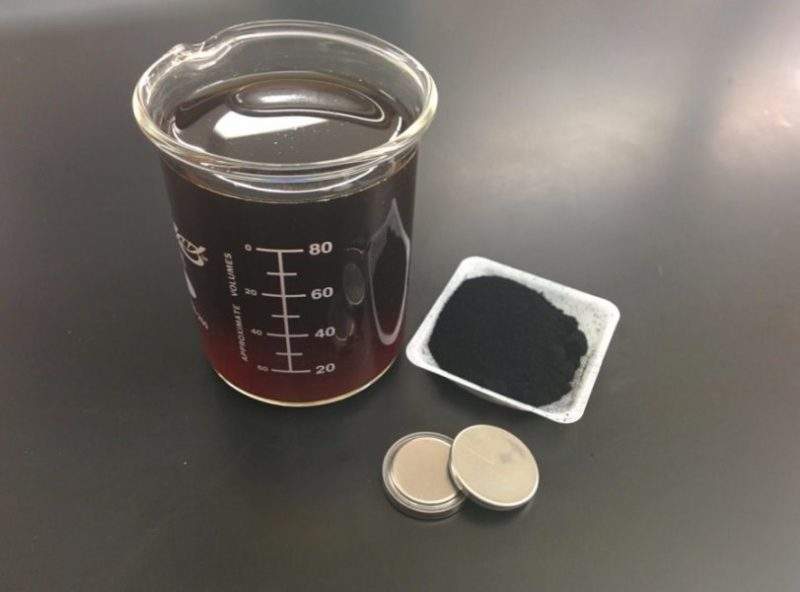
Researchers at the Rensselaer Polytechnic Institute have developed a method that uses lignosulphonate, a major by-product of the papermaking industry, to build a rechargeable lithium-sulphur battery.
They believe such a battery could be used to power data centres and provide a cheaper energy-storage option for microgrids and traditional electric grids.
“Our research demonstrates the potential of using industrial paper mill by-products to design sustainable, low-cost electrode materials for lithium-sulphur batteries,” said Rensselaer research scientist Trevor Simmons, who developed the technology with his colleagues at the Center for Future Energy Systems (CFES).
Lithium-ion batteries currently dominate the marketplace, but recent research has focussed on developing lithium-sulphur batteries, which can contain more than double the energy of a lithium-ion battery of the same weight.
However, sulphur is nonconductive in its elemental form and needs to be combined with carbon at elevated temperatures to become conductive enough for use in batteries.
During this carbon combination, sulphur can easily dissolve into a battery’s electrolyte, causing the electrodes on either side to deteriorate after only a few cycles. Previous research has had limited success with keeping the sulphur in place.
“Our method provides a simple way to create an optimal sulphur-based cathode from a single raw material,” said Simmons.
Simmons’ method involves drying lignosulphonate, a sulphonated carbon waste material with a dark syrupy appearance, and heating it to around 700C in a quartz tube furnace.
The high heat drives off most of the sulphur gas but retains some of the sulphur as polysulphides—chains of sulphur atoms—that are embedded deep within an activated carbon matrix.
The heating process is then repeated until the right amount of sulphur is trapped in the carbon matrix. The material is then ground up and mixed with an inert polymer binder to create a cathode coating on aluminium foil, with the carbon matrix keeping the embedded sulphur from dissolving into the battery’s electrolyte.
So far, the research team has created a lithium-sulphur battery prototype that is the size of a watch battery and can generate around 200 charge cycles. They plan on scaling up the prototype to increase the discharge rate and the battery’s life cycle.
“In repurposing this biomass, the researchers working with CFES are making a significant contribution to environmental preservation while building a more efficient battery that could provide a much-needed boost for the energy storage industry,” said CFES director of business development Martin Byrne.
The researchers partnered with Finch Paper in Glens Fall, who provided the lignosulphonate, and were funded by the New York State Pollution Prevention Institute and the New York State Energy Research and Development Authority.
Simmons has patented the process with former graduate student Rahul Mukherjee.



